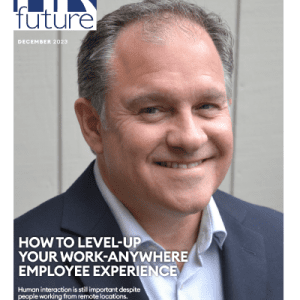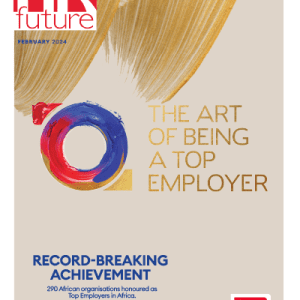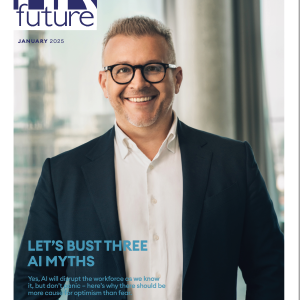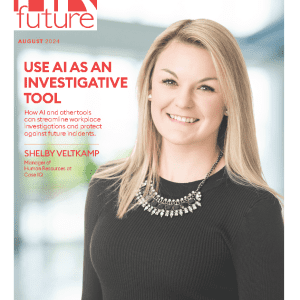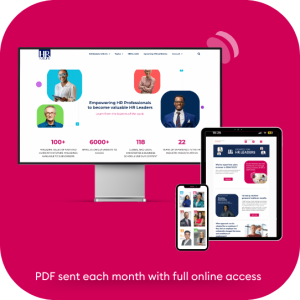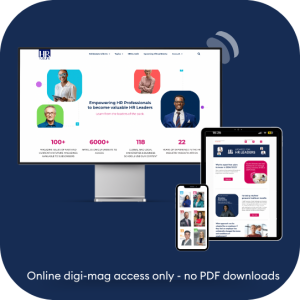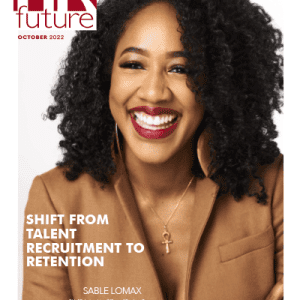With many states opening up again as the vaccine rollout accelerates, there’s a new issue that HR may need to deal with: return to work anxiety. After employees have invested their energy and resources adapting to the “new normal” for so long, they may be dreading or experiencing anxiety around the return to work – for a variety of reasons. This article serves as a resource for HR to know why employees may be anxious, what to look out for and how to support employees who may be feeling this way – in addition to helping you create healthy workplaces overall as you manage the return to work.
What is return to work anxiety? Why is it happening?
The British Psychological Society has noted that there are a number of causes for potential anxiety around returning to work – and that these feelings may be exacerbated for people that experienced increased risks around COVID-19, such as racial and ethnic minorities and people with disabilities. Some of these feelings can include:
Fear of Being Exposed to or Infected by COVID-19: People are concerned about being exposed to the virus during their commute, in the actual office, through infected coworkers or customers, or as a result of inadequate PPE and prevention practices in the office space. This worry can easily spiral into a fear of infecting their family, friends, and becoming infected themselves – and possibly getting extremely ill or dying.
Financial related work anxiety: While some businesses were able to manage the storm, many others had to furlough people or lay them off. They may have forced employees into unsafe practices or made changes to the work that were difficult to manage or unsustainable as a result of a reduction in staff. While those businesses may have recovered, employees will still feel anxiety around their job security and work routines – or may be feeling anxiety around future bankruptcy or similar challenges.
Psychological challenges: Many people have been, and continue to be, in a state of stress and distress – everything from changing domestic responsibilities, to managing possible job loss within their homes, to trying to manage other health conditions, and generalized anxiety and stress of living through a global pandemic – feelings of powerless, worry, and fear have been a part of the regular daily life of many people for well over a year.
Other feelings: Grief and sadness around losing loved ones is arguably one of the most prevalent feelings that many people have been coping with. Beyond that, many people may feel disengaged, frustrated or unhappy with having to “wear an emotional mask” at work and pretend that all is well. They may feel resentful or irritated by external or work expectations that don’t seem to have taken the pandemic into account. Furthermore, many people have struggled to deal with the irritation or frustration that can stem from dealing with colleagues who have different interpretations of risk from their own – or who are even acting recklessly.
Needless to say, many people might be experiencing mixed or complex feelings around returning to work.
What are the signs of return to work anxiety?
Anxiety comes in many forms. This can be anything from your employees directly telling you that they’re afraid to return, to attitude and behavioral changes – particularly if they’re out of character for that employee. For example, stress can often mask itself as performance challenges, lateness, lack of attention to details, “careless” mistakes, irritability, and social withdrawal. It can also look like unusual distress about being separated from family and even comes in the form of physical symptoms that can affect the blood pressure, heart, autoimmune system and more. When in doubt, you can always ask “How are you feeling?” or “How are you coping?”
How can you support employees who are experiencing return to work anxiety from an HR standpoint?
The British Psychological Society recommends using the SHARE approach, an acronym that stands for:
- Safe working
- Help yourself and others
- Adapt to change
- Relieve the pressure
- Evaluate
In practice, this can look like:
- Using government information and guidelines for risk assessment about returning to the office
- Checking in proactively with employees and asking about their wellbeing
- Leveraging government and public health guidance to create safety measures within the physical office environment and work procedures
- Setting realistic and appropriate timelines and targets that take into account the fact that people may be struggling whether they show it or not
- Check in regularly – how are people coping ahead of the return? One week in? One month in? Ensure that people are coping in an ongoing way, sustainably.
More broadly, other best practices for managing returning to work after extended absences without overwhelming people include:
- Allowing the first few weeks to be as low-stress as possible
- Explaining any changes to practices or procedures prior to the return
- Discussing how people will be supported when they return
- Creating an open-door policy so that people can bring any concerns or questions
- Listening attentively and actively to the feedback – and feelings – of people returning
It’s also important to know employee rights – the last thing you want is to find yourself in legal trouble for “forcing” employees to come to work. The Society of Human Resources Management has excellent guides and tools around these rights.
Ultimately, most HR teams will be dealing with a mixed bag of emotions and enthusiasm about the return to work – but they also have the power to tangibly help with this transition back to the office or to address fears – whether that’s through updating policies, improving their communication, taking a safety-first approach and easing their way in, or otherwise.
How GoCo Can Help
HRIS – There is no time like now to transition to digital HR processes. Having everything HR related online allows employees who are uncertain about workplace policies, health benefits, and more feel more at peace. Employees have self-service options throughout the platform to access all of their information should they need any document, payroll info, health benefit info and more.
Magic Docs With GoCo’s Magic Docs, you can easily upload your existing pre-pandemic/pre-new normal policies and Magic-tize them. You can add new custom fields, new e-signature fields, and collect new acknowledgements to ensure your employees are staying in the loop with any updates you may have made, ESPECIALLY with the return to work. For skeptical employees, creating a new policy that outlines how you plan to keep them safe or change processes with the pandemic still dying down, and asking them to acknowledge, may help them feel more empowered and understand what’s going on. Once they sign, you can also keep their info securely stored in GoCo.
Workflows – With going back to the office comes new processes, checklists, and tasks for HR. You may be needing to create a checklist for returning to the office, or making sure every employee has the proper equipment, sanitation equipment, etc. that they need for returning. GoCo’s workflows feature automates and streamlines ANY HR checklist you have, so you can easily build a custom digital workflow, assign tasks to people, and track your progress.
This article first appeared on GoCo.io.








